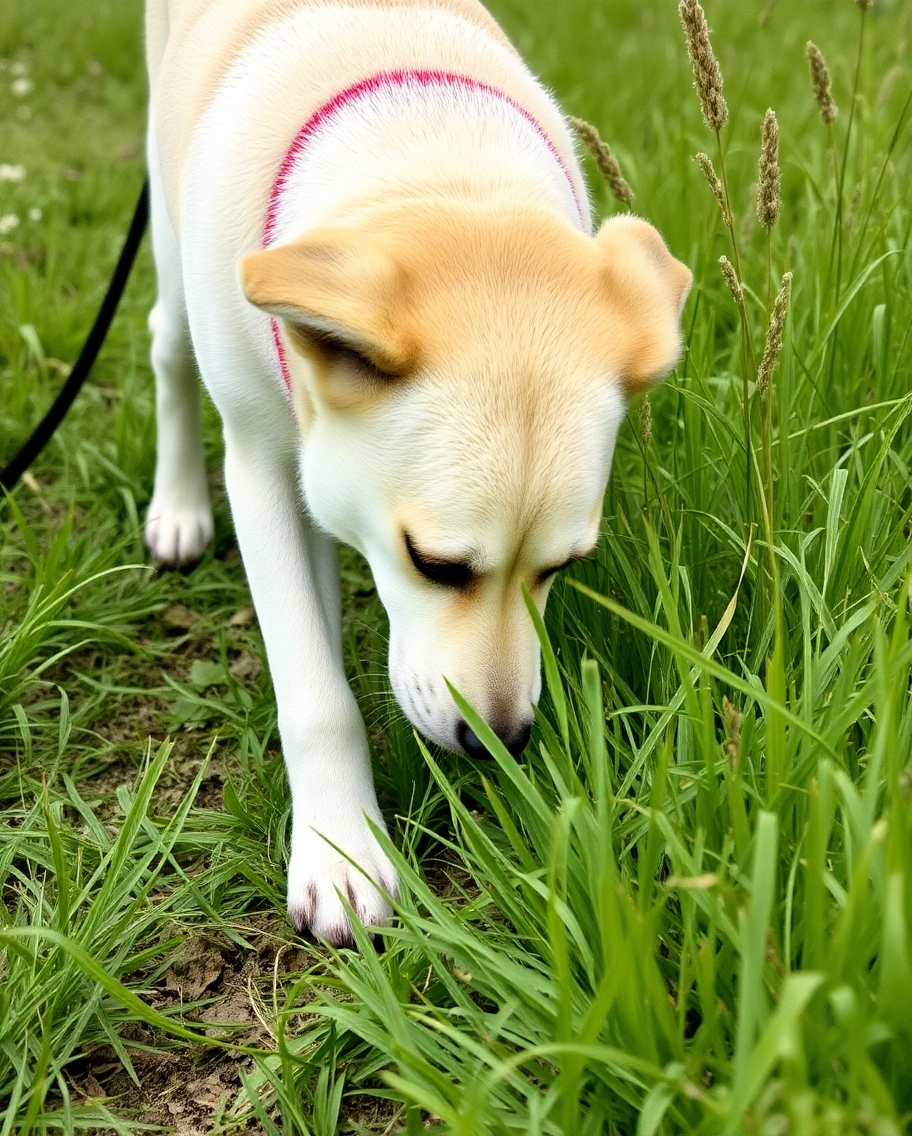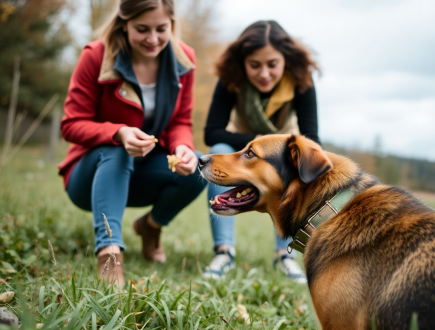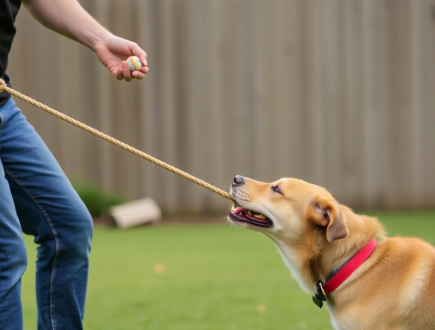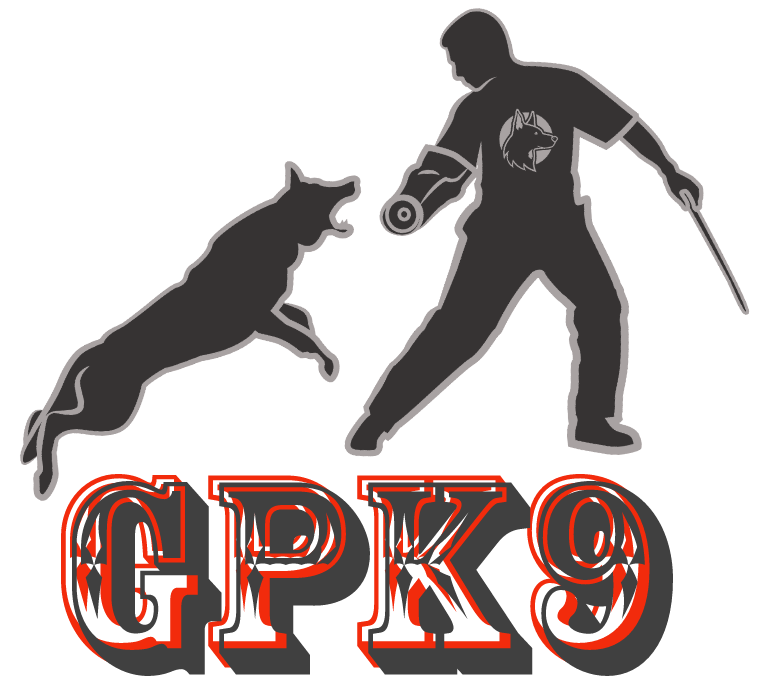Advanced Dog Tracking Strategies
Advanced Dog Tracking Strategies
Dog tracking is not just a skill; it is a way to form an unbreakable bond with your canine companion. By incorporating structured tracking exercises, you can improve your dog’s mental and physical health while addressing behavioral issues like anxiety, aggression, and excessive energy. In this blog, we’ll explore Advanced Dog Tracking Strategies and why they are essential for creating a well-rounded, happy, and obedient dog.
The Importance of Bonding Through Tracking
At the heart of Advanced Dog Tracking Strategies lies the bond between the handler and the dog. When you train your dog to track, you create a relationship built on trust, focus, and shared purpose. Using a ball as a reward is particularly effective. It teaches your dog to associate work with play and helps fulfill their natural drive to hunt, search, and retrieve.
This bond-building activity doesn’t just strengthen your relationship. It also provides your dog with a sense of accomplishment, which can significantly reduce anxiety. A dog with a job to do is less likely to develop destructive behaviors caused by boredom or stress. Tracking teaches focus, reduces hyperactivity, and channels your dog’s energy into a constructive outlet.
Health Benefits of Dog Tracking
Engaging in Advanced Dog Tracking Strategies isn’t only about behavior; it’s also a great way to improve your dog’s overall health. Tracking exercises provide both mental and physical stimulation, keeping your dog fit and sharp.
Physical Benefits:
Long tracking sessions encourage movement, which is excellent for cardiovascular health.
Structured play and work strengthen muscles and joints, promoting agility and endurance.
Mental Benefits:
Tracking mimics a dog’s natural instincts, keeping their brain engaged and preventing cognitive decline.
It provides a challenge that builds confidence, especially in dogs prone to anxiety.
A healthy, focused dog is less likely to develop bad habits like barking, digging, or chewing, making tracking a powerful tool for overall wellness.
The Commitment to Dog Tracking
When it comes to Advanced Dog Tracking Strategies, commitment is key. This isn’t about simply throwing a ball in a field and letting your dog run wild. Tracking involves a detailed process that requires time, effort, and patience.
- Preparation: Start with scent pads and introduce your dog to the target scent using a ball or toy.
- Training: Gradually build your dog’s skills, teaching them to focus on scent cones, track the ground, and lift their nose to detect airborne scents.
- Practice: Repetition is essential. Regularly practice tracking exercises to reinforce skills and build muscle memory.
- Engagement: Stay involved in the process. Your dog looks to you for guidance, so remain present and supportive during training sessions.
Tracking also requires consistency. Dogs thrive on routine, so make sure you dedicate time each week to this activity. Visit gpknr.co.uk to learn more about how to structure your training sessions and create a successful tracking routine.
Addressing Behavioral Challenges
One of the most rewarding aspects of Advanced Dog Tracking Strategies is its ability to address behavioral problems. Many dogs exhibit aggression, anxiety, or hyperactivity because they lack proper stimulation or don’t know how to channel their energy. Tracking provides a solution by giving them a job they love to do.
How Tracking Helps:
Reduces Anxiety: Focused activities like tracking can calm an anxious dog by giving them a clear purpose.
Manages Aggression: Dogs that learn to work for their rewards develop impulse control, reducing reactive behaviors.
Prevents Destructive Habits: Tracking satisfies a dog’s need for stimulation, leaving them less likely to engage in chewing, digging, or barking.
With consistent tracking exercises, you’ll see your dog become calmer, happier, and more balanced.
Why Choose Advanced Strategies?
Incorporating Advanced Dog Tracking Strategies into your routine allows you to take your dog’s training to the next level. These methods involve more than basic obedience; they teach your dog to think critically, problem-solve, and rely on their natural instincts. Whether you’re training for search-and-rescue, scent detection, or simply for fun, these advanced techniques will unlock your dog’s full potential.
Learn the Process
If you’re serious about tracking, it’s essential to learn the correct process. Poorly executed tracking sessions can confuse your dog or even lead to frustration. That’s why we recommend our comprehensive online course at https://gpk9.co.uk/courses/. Here, you’ll learn step-by-step techniques for bonding with your dog, teaching scent work, and mastering advanced tracking exercises.
With the right guidance, you can transform your dog into a confident, skilled tracker while strengthening the bond you share.
Conclusion
Advanced Dog Tracking Strategies offer a rewarding way to engage with your dog, improve their health, and address behavioral issues. By committing to this process, you’ll create a stronger, happier relationship with your canine companion. Visit gpknr.co.uk to start your tracking journey today and unlock the incredible potential within your dog.
Previous Post
GPK9 University Master Program
Next Post
Enhancing Play Drive Efficiency






